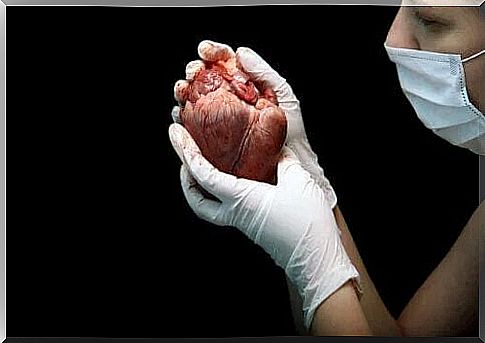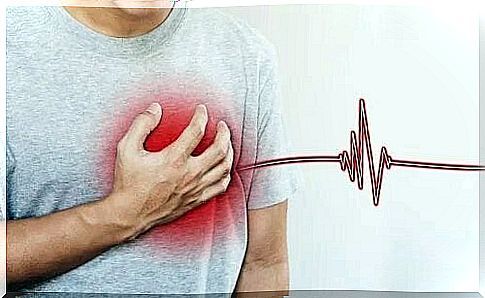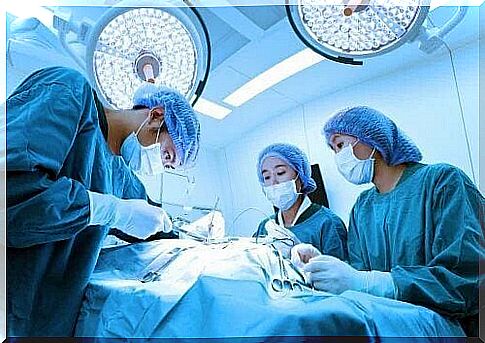What Is A Heart Transplant?
Heart transplantation is an operation that is usually performed when the treatment the patient was taking has not given the expected results. It is a complete surgery but the survival rate is high if the procedure is performed correctly.

A heart transplant is an operation in which the healthy heart of a donor replaces the diseased heart of a recipient.
This surgery is performed when the treatment the patient was taking has not given the expected results. In this case, the disease continues and worsens, causing heart failure.
Heart transplantation is a complicated operation. However, the survival rate is high if the procedure is performed correctly.
The transplant, in general, should be performed within four hours of extraction. That is why the hearts are first offered to transplant centers close to where the donor is located.
Reasons why a heart transplant may be needed

As mentioned above, a heart transplant is only done if other drugs and surgeries have failed. In adults, heart failure can be caused by various diseases. The most important are the following:
- Problems with the coronary arteries or heart valves
- Cardiomyopathy: which means a weakening of the heart muscle
- Congenital heart problems
- Ventricular arrhythmias
- Amyloidosis
- Problems after a previous heart transplant
When it comes to children, the most common problems are congenital heart defects or cardiomyopathies. In these cases, most manifest themselves at birth or in early childhood.
Progress of the operation
It is an open heart surgery. The heart transplant process takes several hours. In addition, the operation can be complicated if the patient has already had cardiac operations before.
During the procedure, in addition to the use of general anesthesia, an extracorporeal circulation device is essential. This keeps oxygen rich blood flowing through the patient’s body.

The professional, through an incision in the chest, opens the rib cage in order to operate on the heart. After removing the diseased heart and inserting the donor’s heart, the surgeon connects the corresponding blood vessels. Then the doctors restore blood circulation.
There is the possibility, in some cases, in which the surgeon can perform a multi-organ transplant. In other words, performing the transplant of another organ, such as the lung, liver or kidney, at the same time as the heart transplant.
Post-operative follow-up of a heart transplant
After heart transplantation, it is very important to carry out constant reviews and to follow the patient’s progress. Good follow-up is essential, especially given the possibility of rejection that the new heart may experience.
The main symptoms of rejection that occur are:
- Difficulty in breathing
- Fever and fatigue
- Weight gain
- Insufficient urination
To safely prevent possible rejection of the donated organ, heart biopsies are taken. The number of biopsies will decrease over time. The follow-up involves the insertion of a device through a vein towards the heart. This is for the purpose of taking a sample of tissue for the doctor to examine.
Besides rejection, there are a number of additional risks that can put the patient at risk. These are :
- Problems with the coronary arteries: The arteries in the heart can become thick and hard. It can cause allogeneic heart transplant vasculopathy
- Side effects of drugs: especially from immunosuppressants
- Cancer: immunosuppressants may also increase the risk of cancer
- Infections: Similarly, immunosuppressants increase the risk of infection
Ventricular assist devices
It should be mentioned that there are a number of additional options for heart transplantation. These are intended for people who, for various reasons, cannot undergo an operation.
For many patients, a very good solution may be a ventricular assist device (VAD) as a long-term treatment. It is a mechanical pump that the surgeon places in the chest. Its role is to help the heart pump from the ventricles to the rest of the body.
Sometimes people waiting for a heart transplant use these ventricular assist devices as a replacement therapy for a transplant.
If a ventricular assist device is not sufficient for the patient, but the patient is waiting for the operation, professionals may consider using a full artificial heart. This device works by replacing the ventricles of the heart and can be really helpful.









